Ok, so first up is why hummingbirds fly in erratic patterns. Hummingbirds actually move their wings in a figure-eight, so they can fly fast in any direction, up, forward, left, right, or even backwards! They move so fast, most of the time they hum. Most hummingbirds beat their wings 52 times per second.
The second thing is why the fly so fast. They fly so fast so they can hover to get to flower to flower very fast to get all the nutrients they need. Hummingbirds do not have strong legs so they have to hover while they get the nutrients from the flowers.
Bees are also hard to capture. Bumble bees are not very fast, but they fly in very unknown patterns, so you don’t know where they will be next. Bumble bees beat their wings about 230 times per second.
Bees fly in very erratic patterns because they are trying to dodge birds that might eat them, but they also travel in weird patterns to get to another flower so they can pollinate it. Bees store their pollen in their second pair of legs. They bring the pollen back to the hive, so they can later use it as food. When they are doing this process, they get pollen from the male plants, and deliver it to the female plants.
Dragonflies are very fast and fly in erratic patterns. They are very hard to track with a camera lens. If they are flying over water, look for their reflections, then look up above the water and you might see them. Dragonflies beat their wings about 30 times per second.
Dragonflies fly really fast because they have thin wings, which makes them able to go up to sixty miles per hour. They fly in erratic patterns so they can dodge predators. Dragonflies spend a lot of their time just eating other insects.
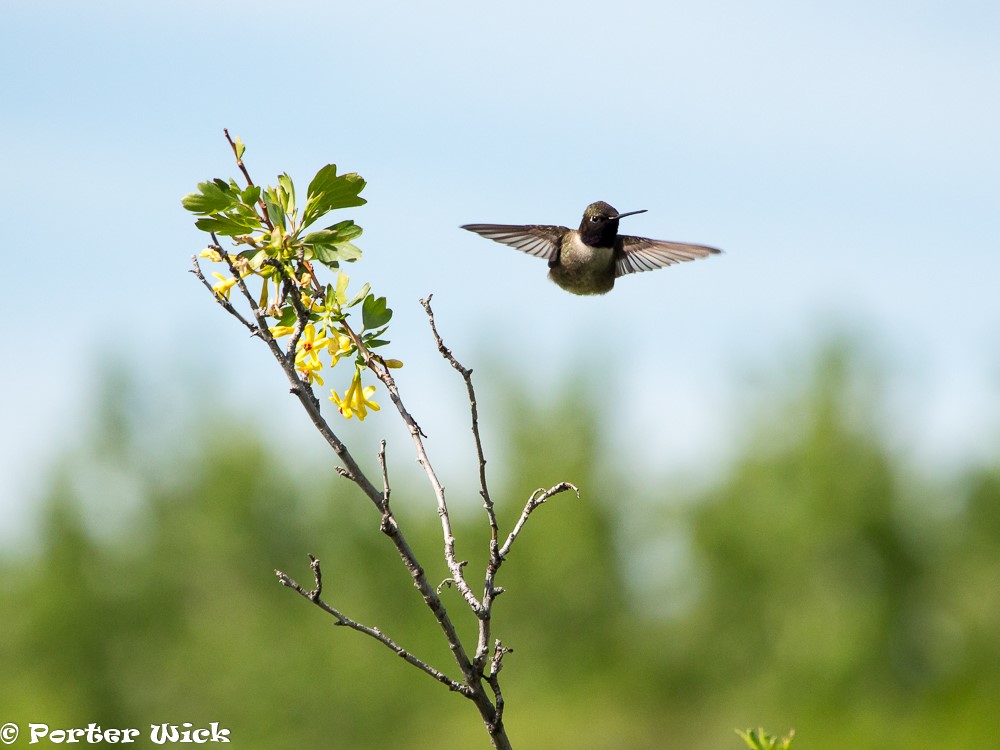
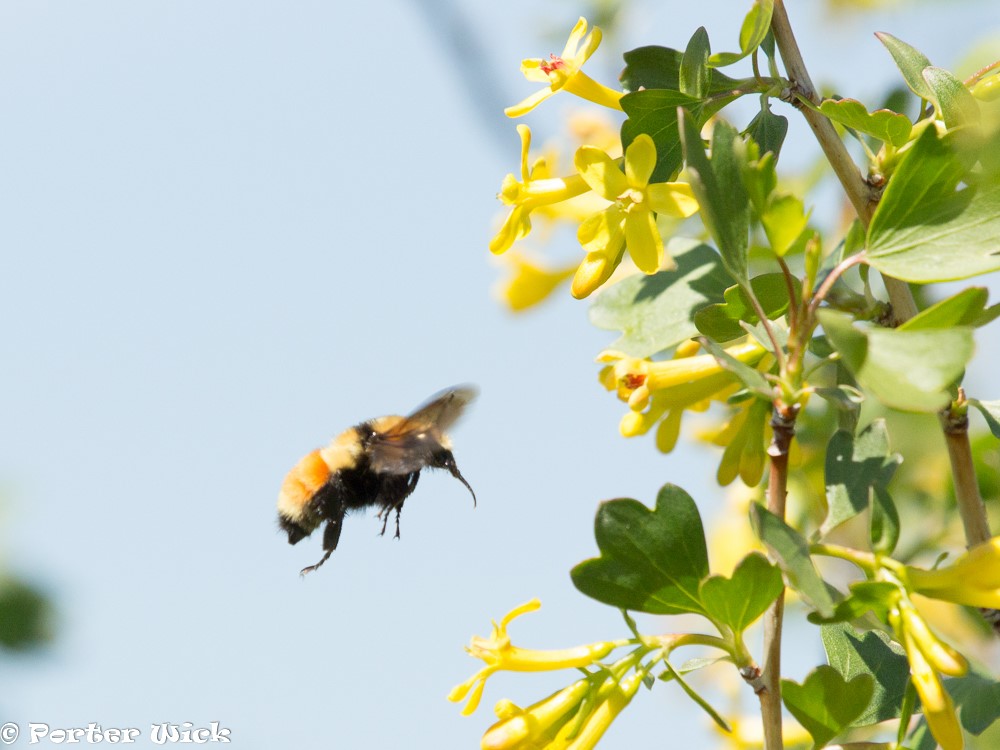

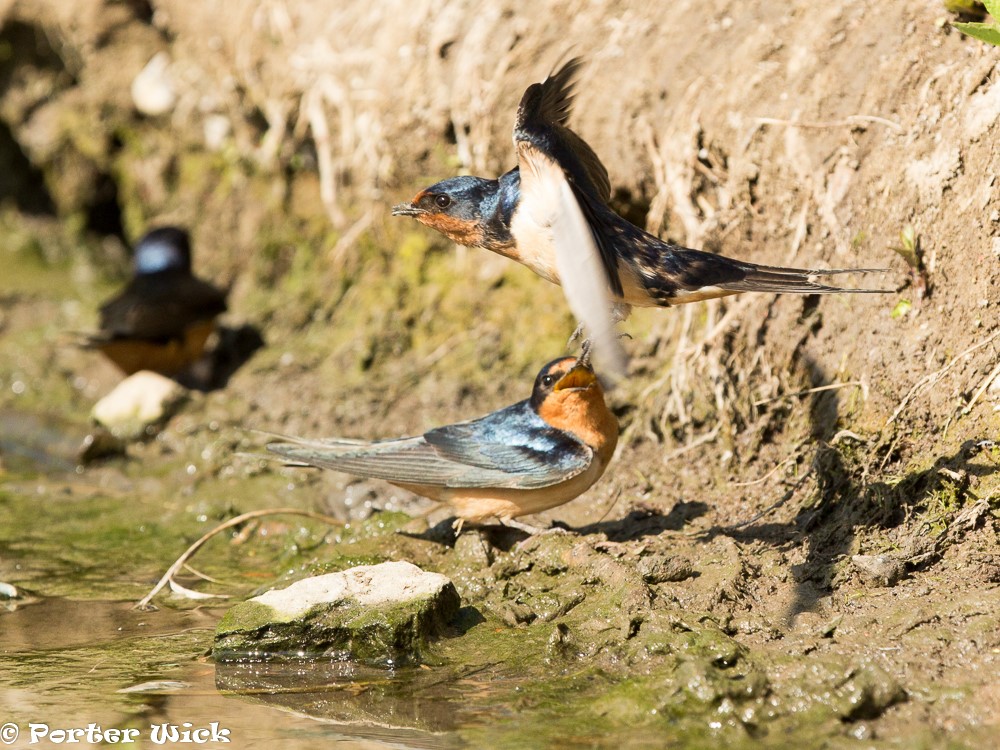
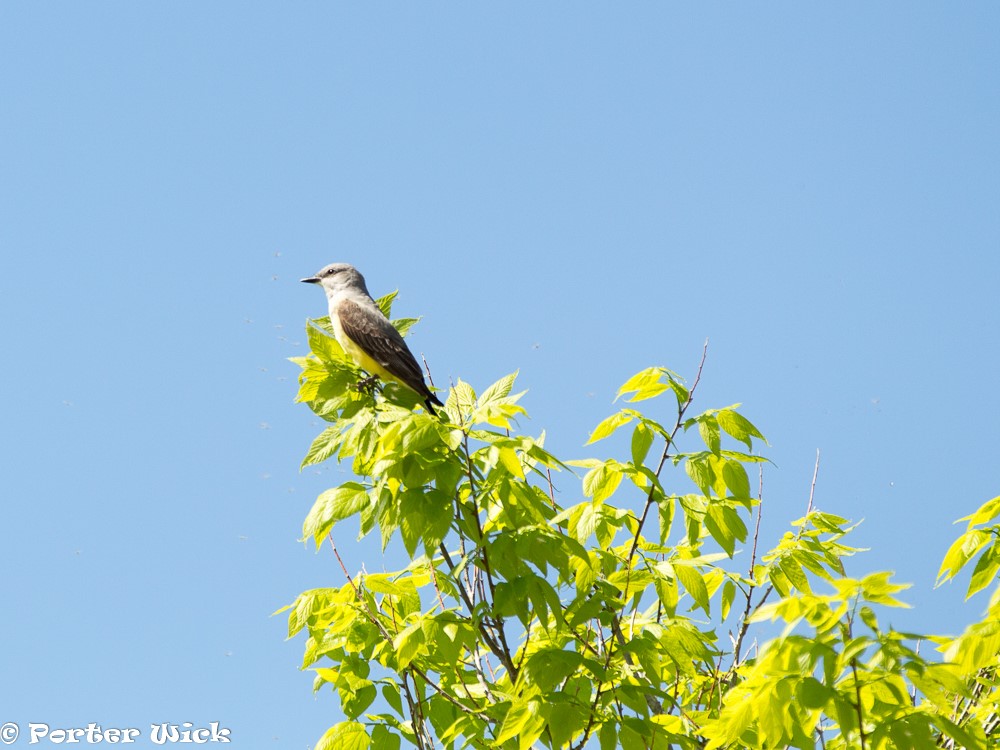
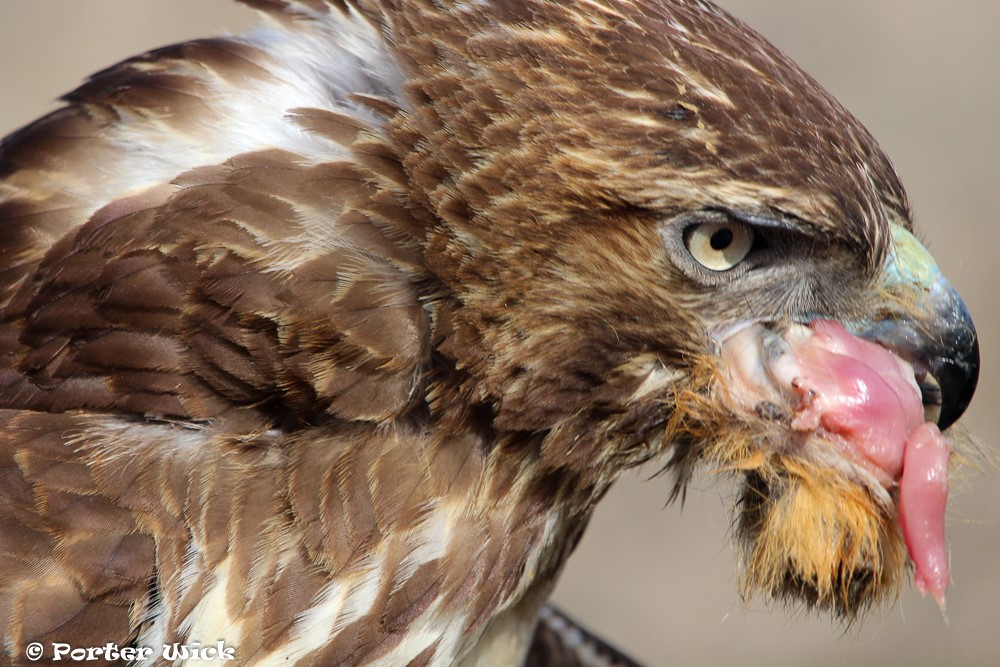
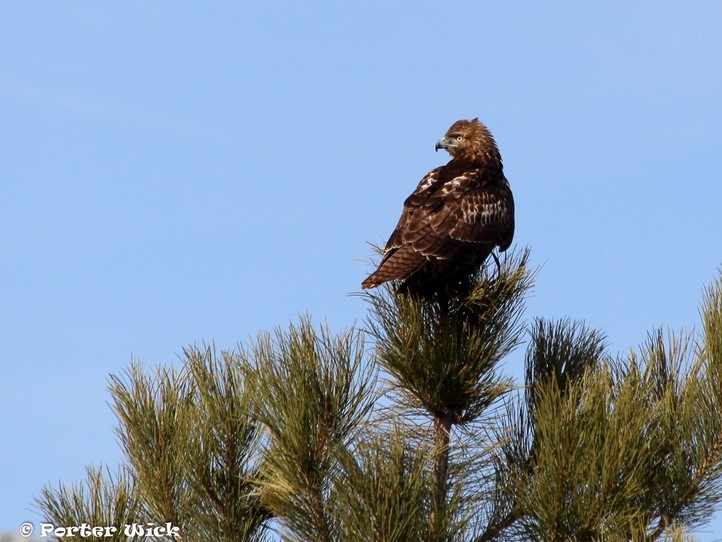
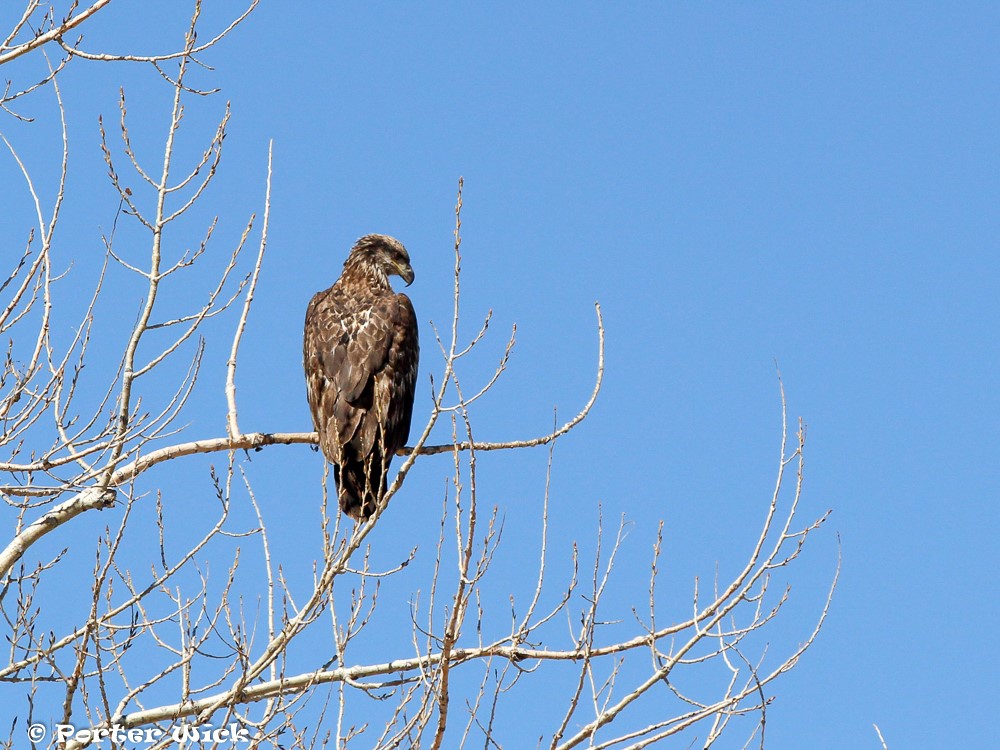
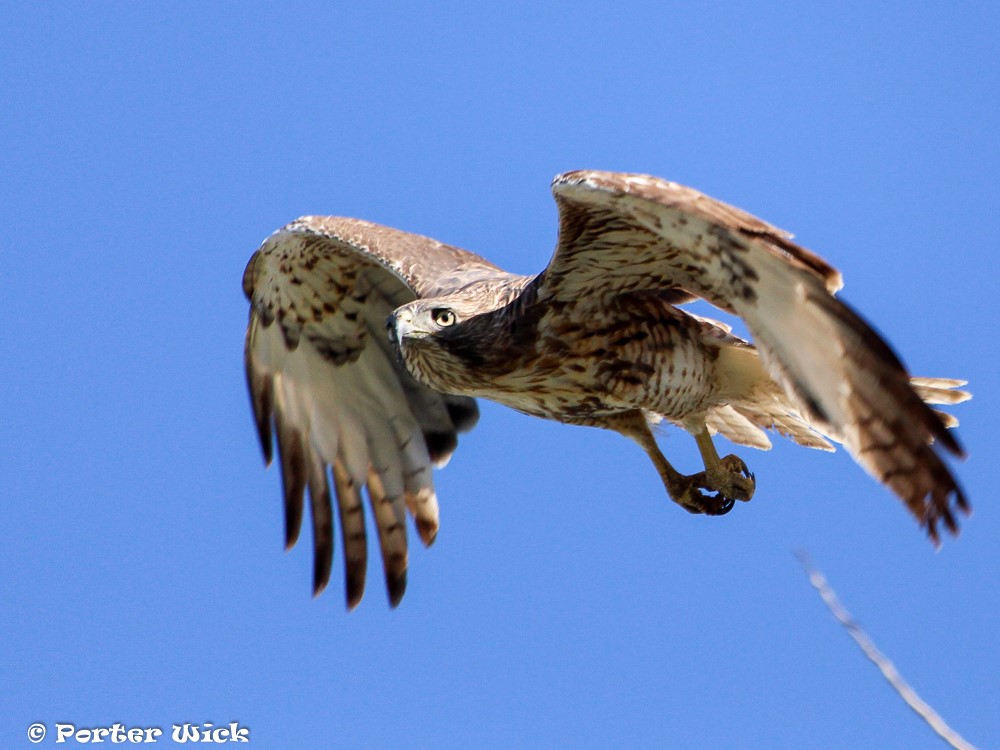
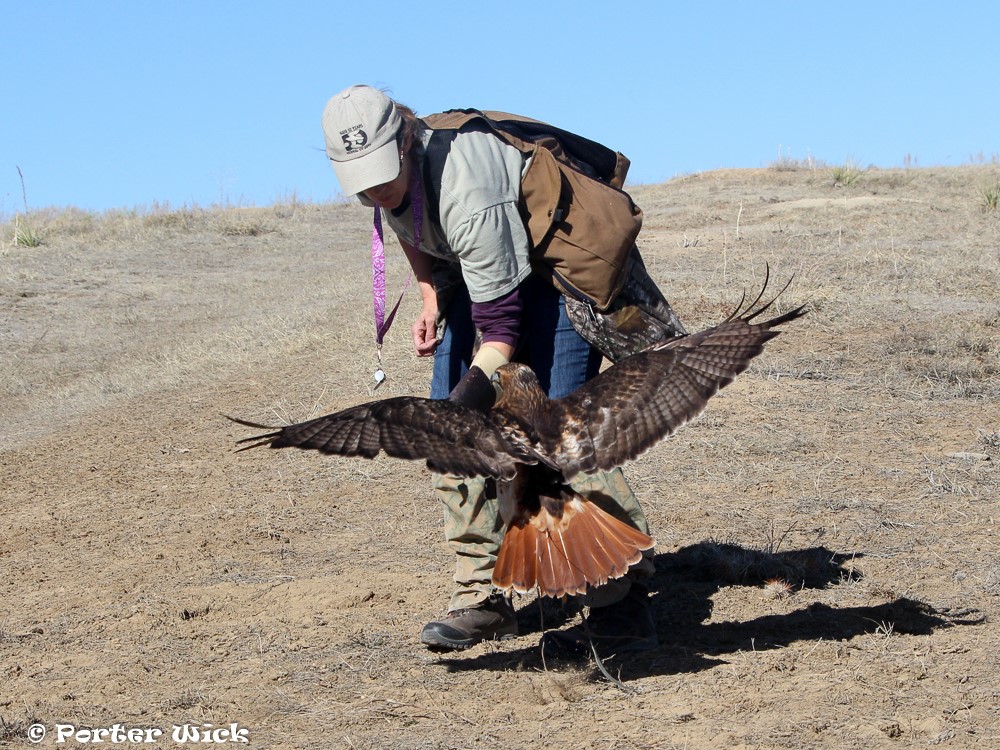
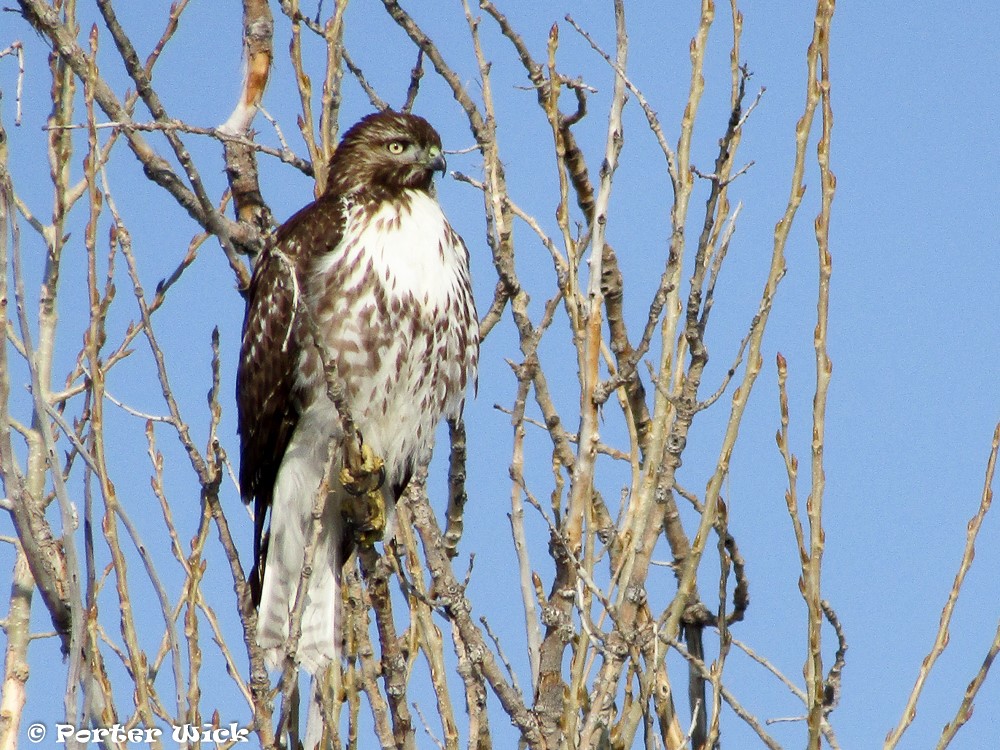
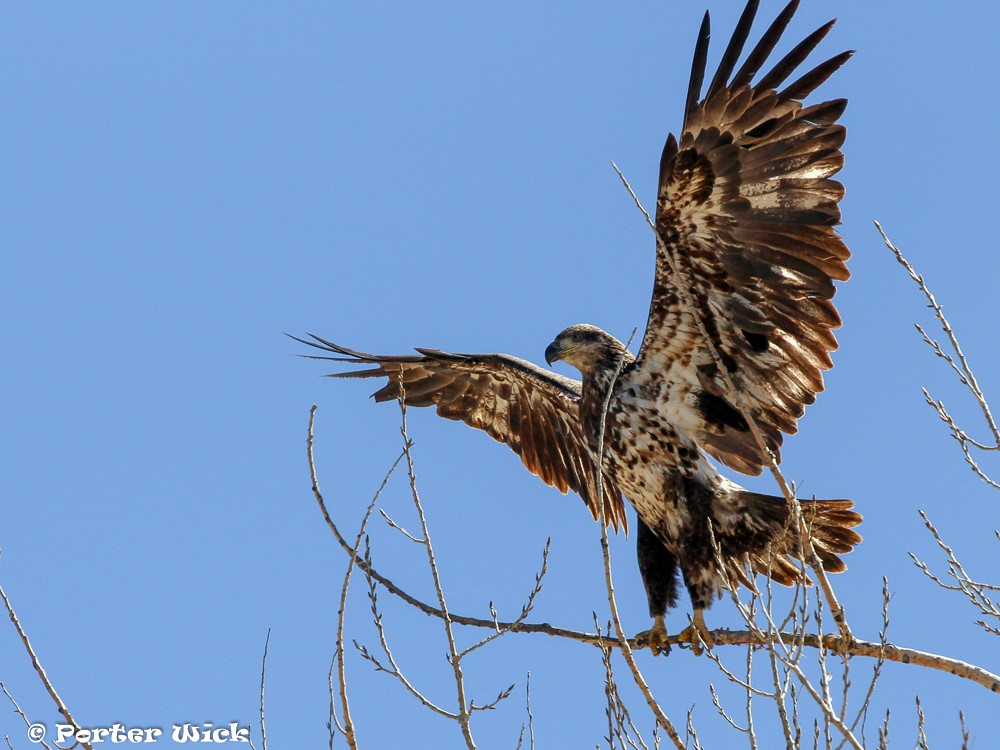
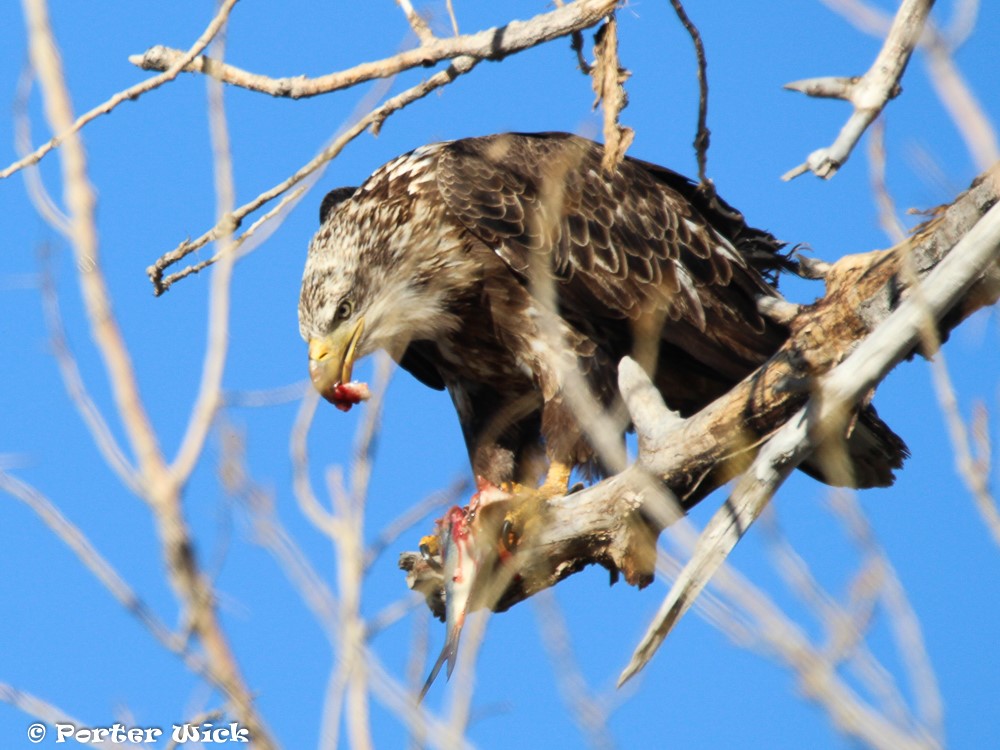
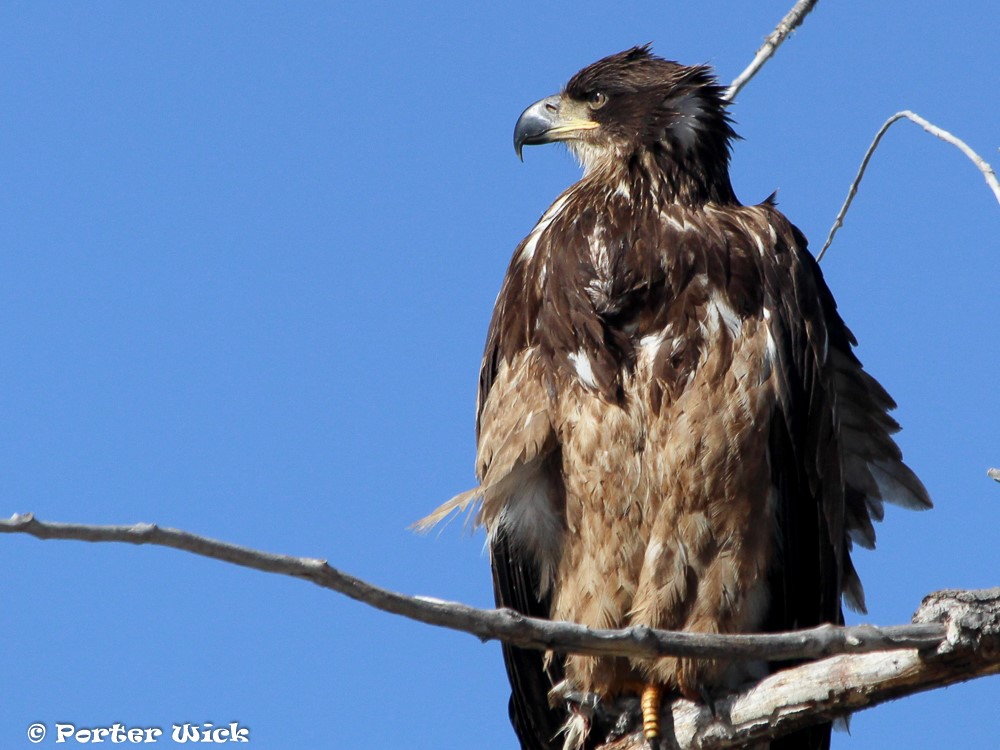
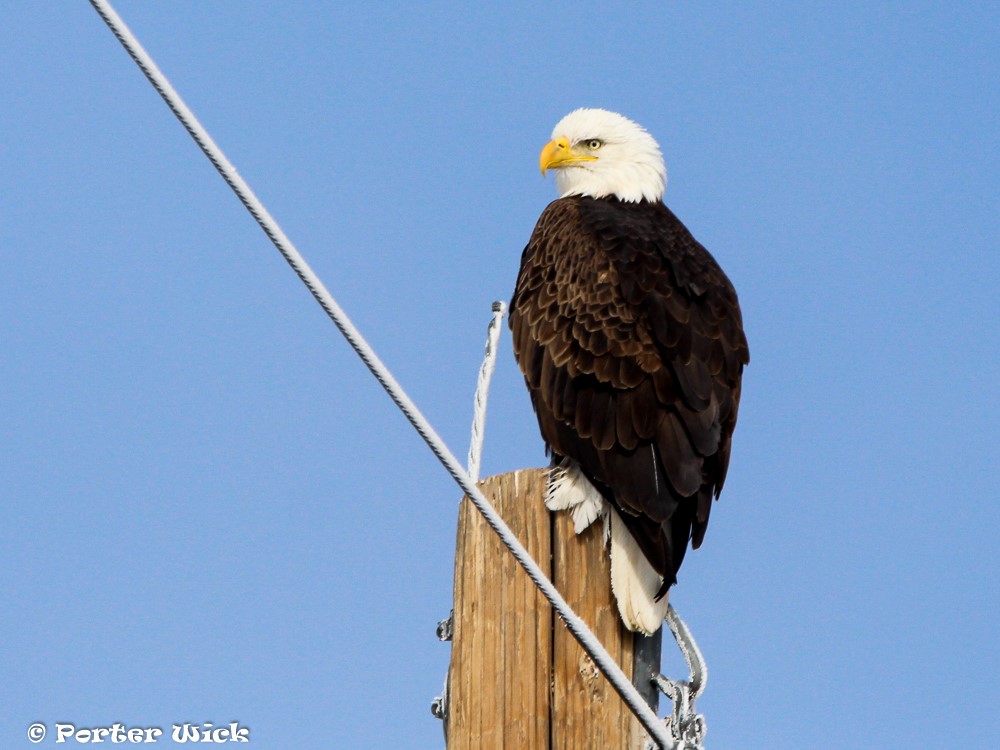
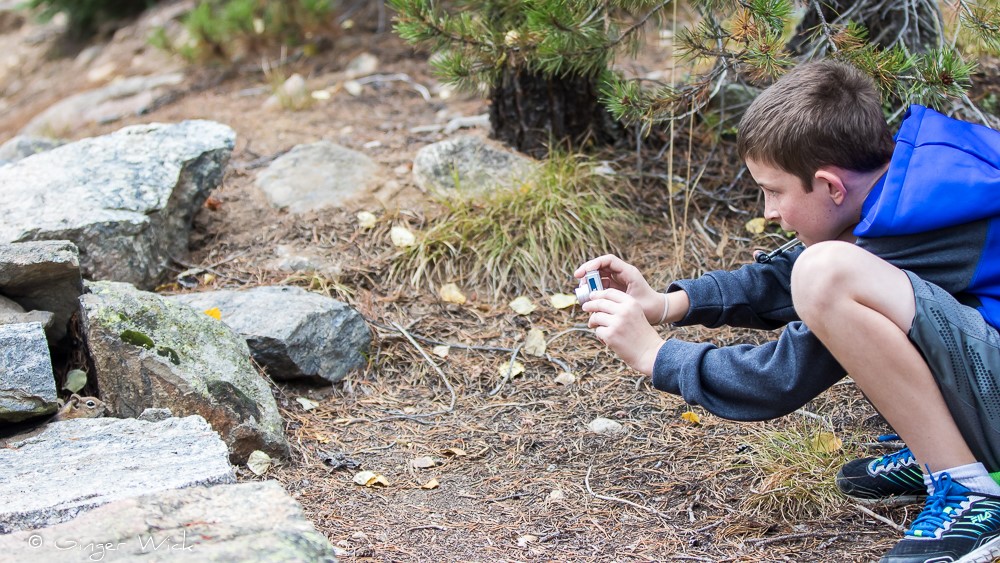
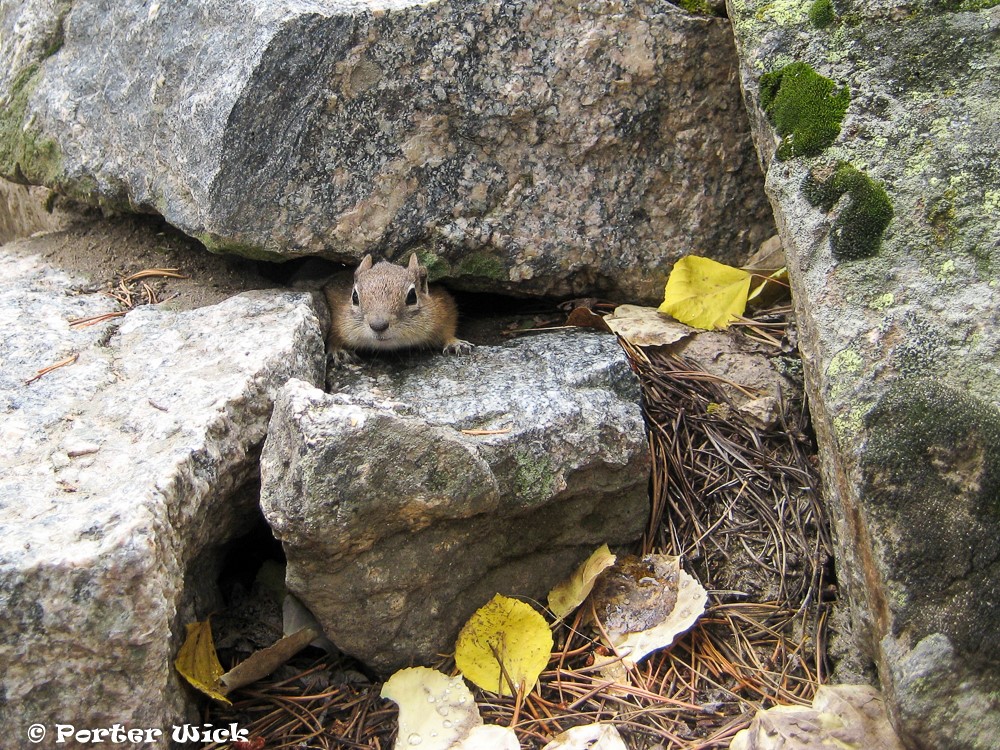
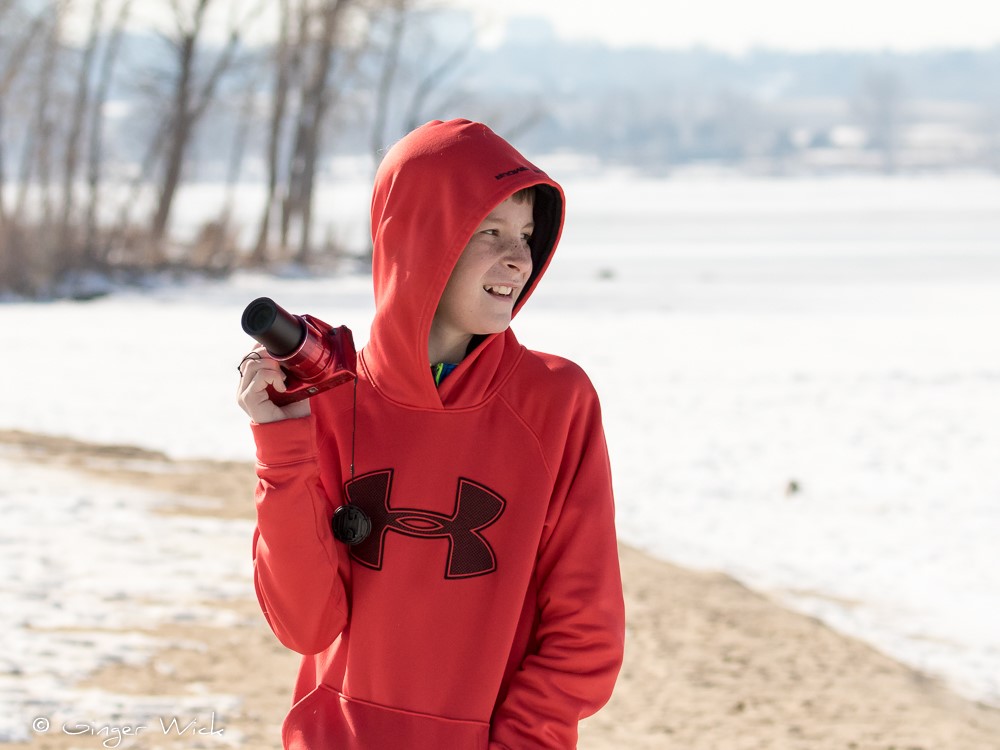
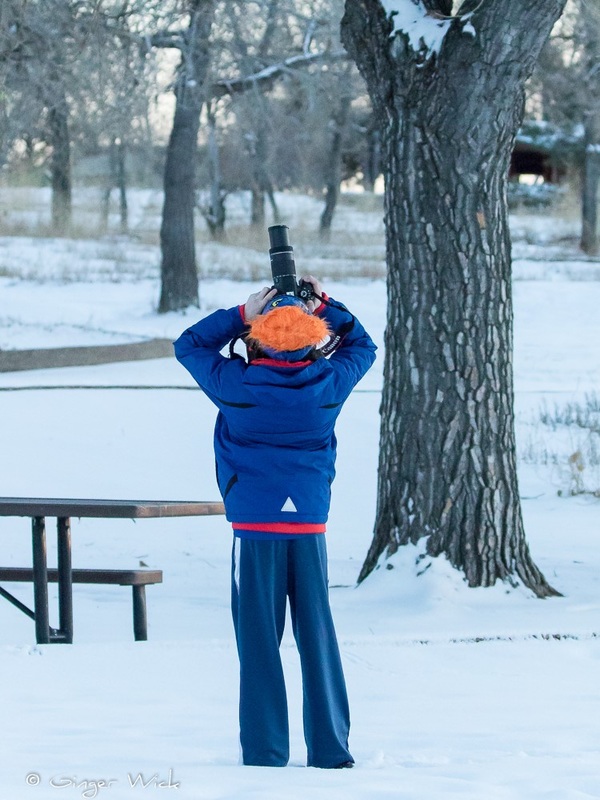
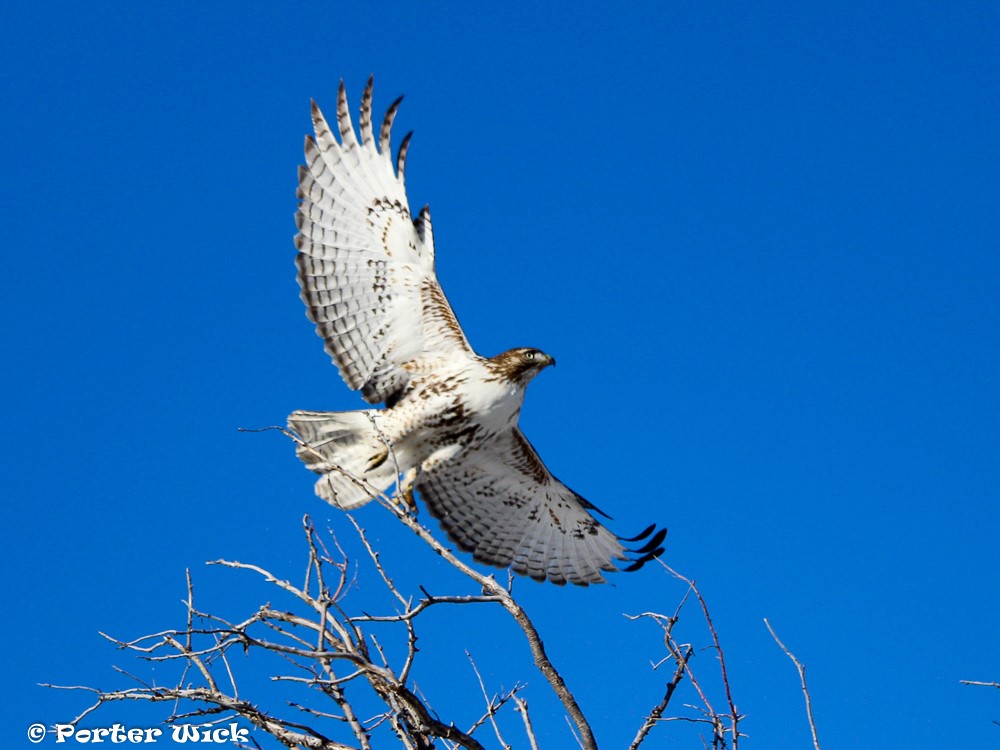
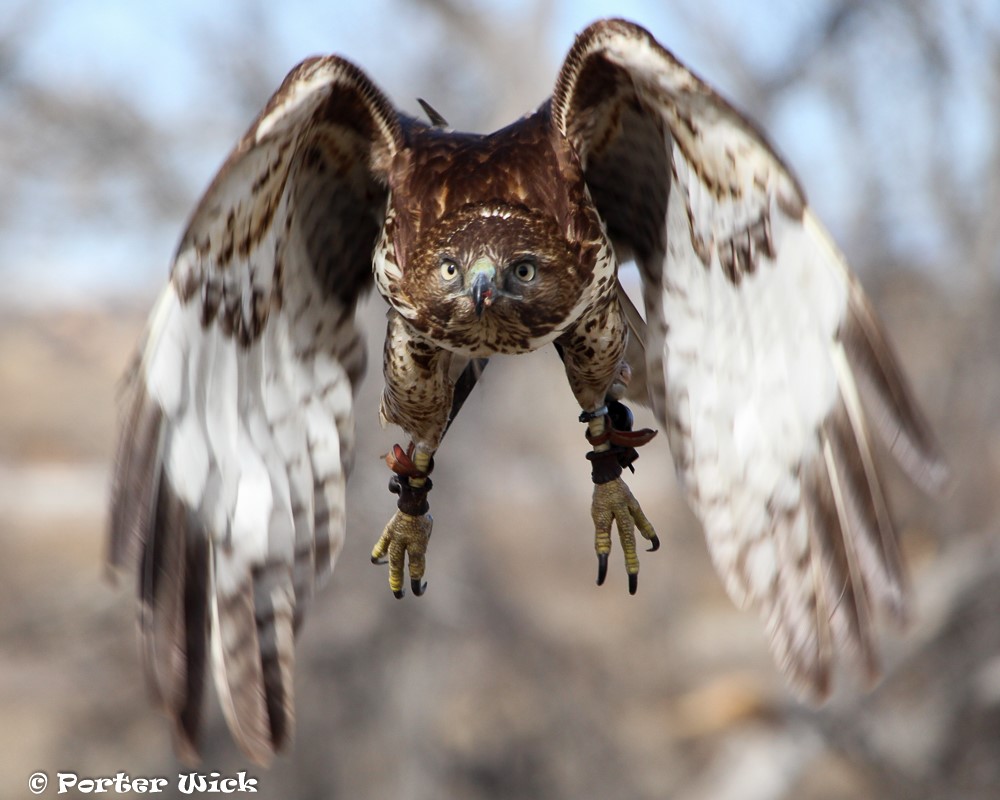
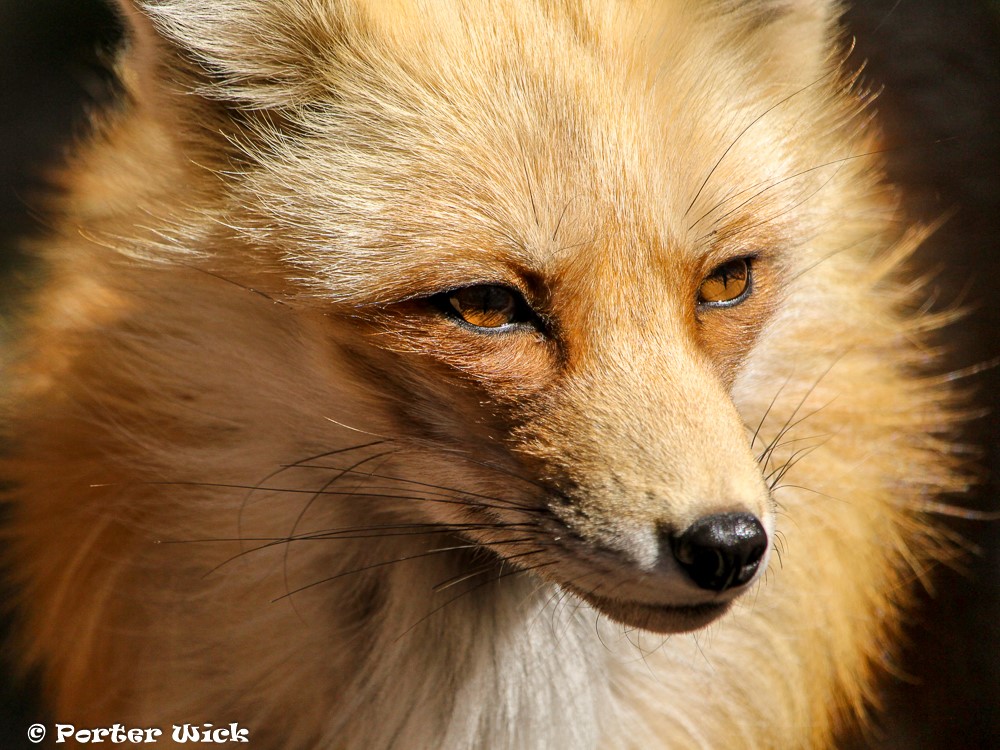
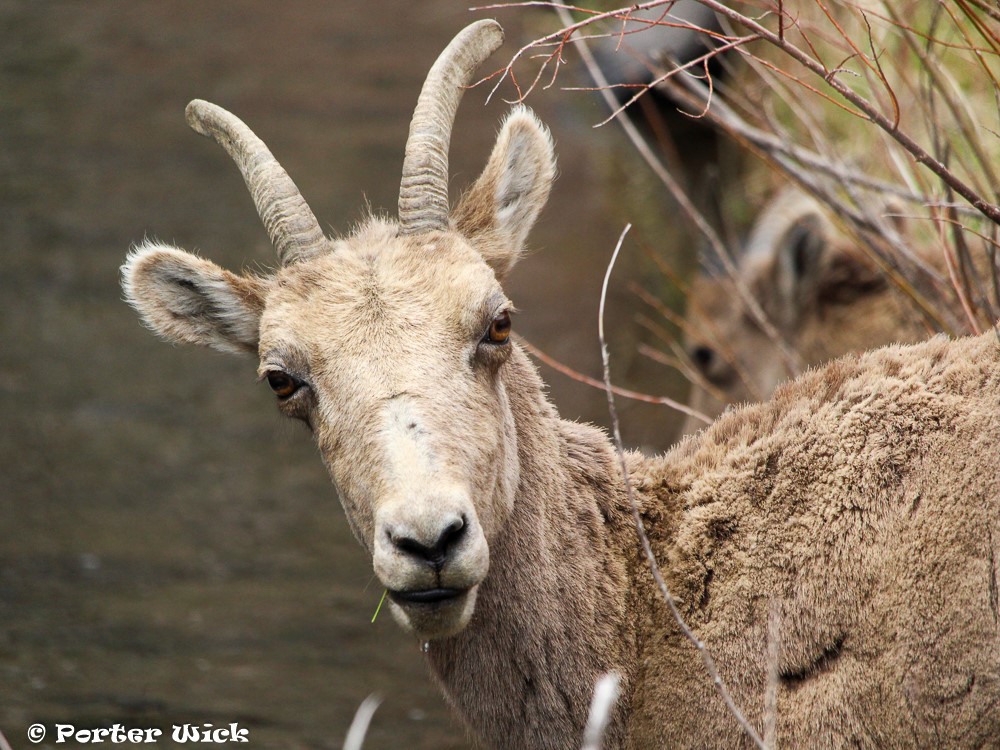
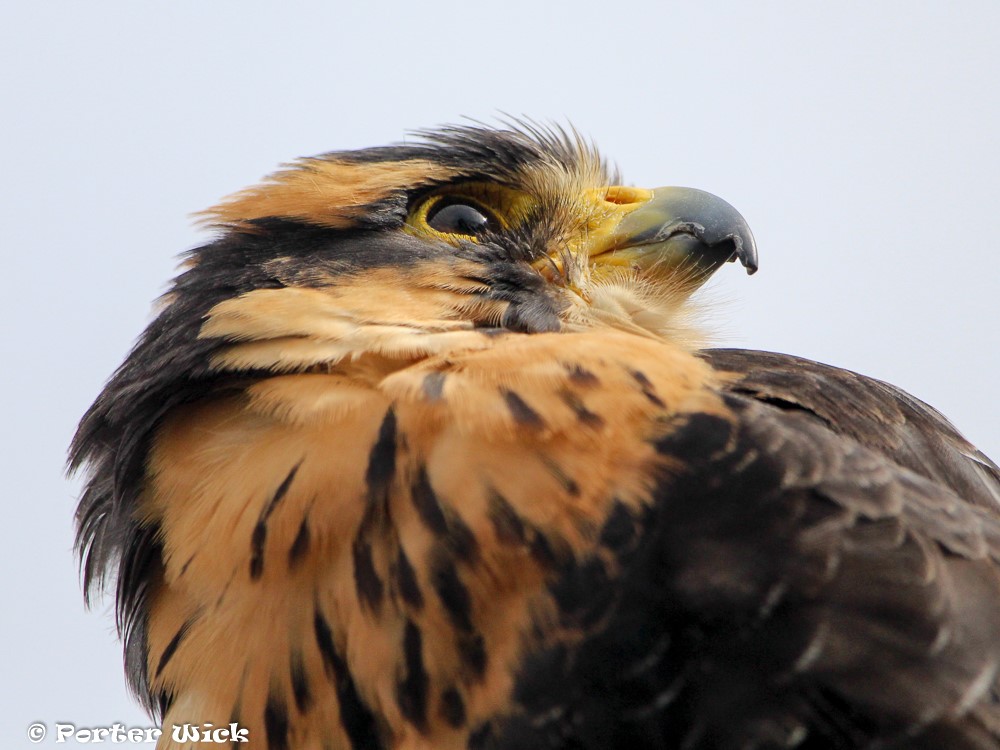
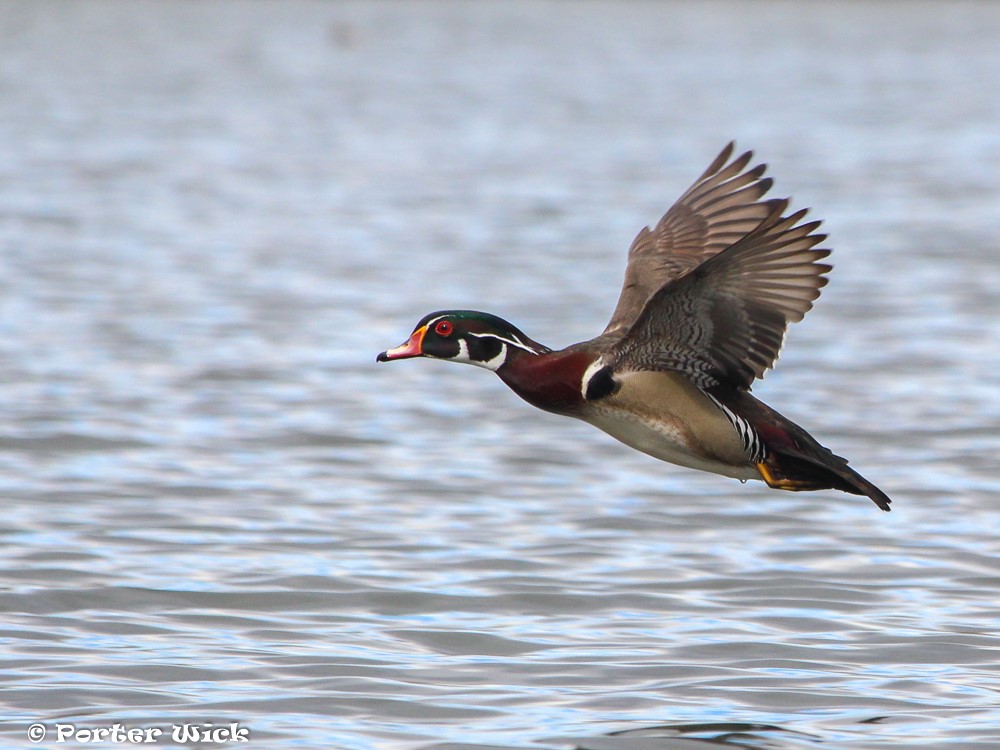
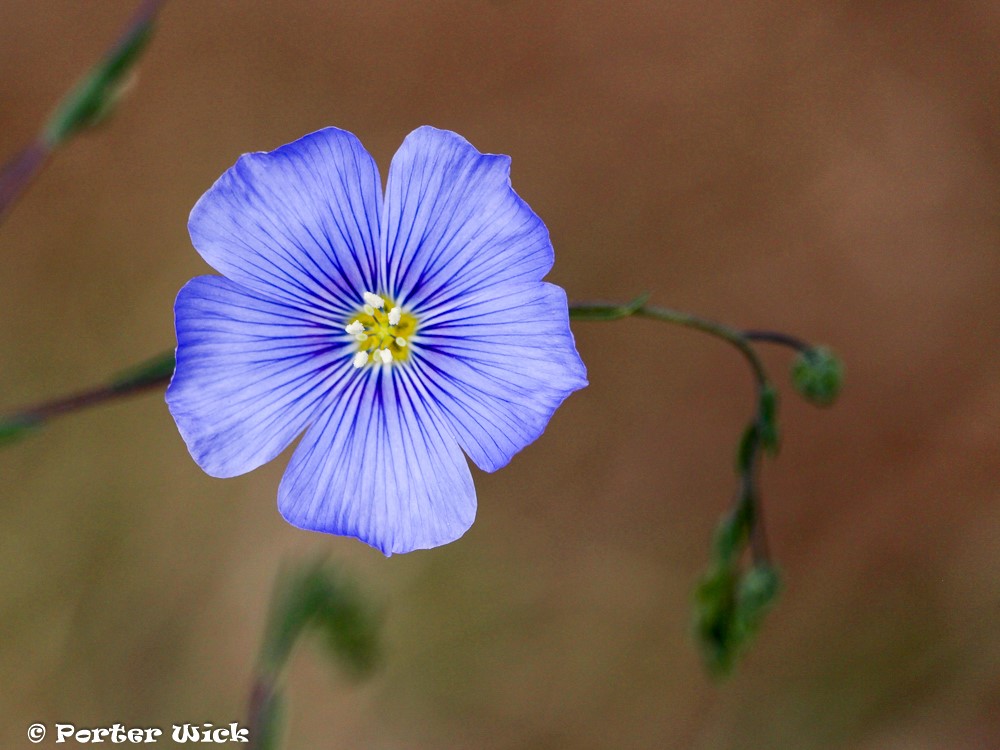
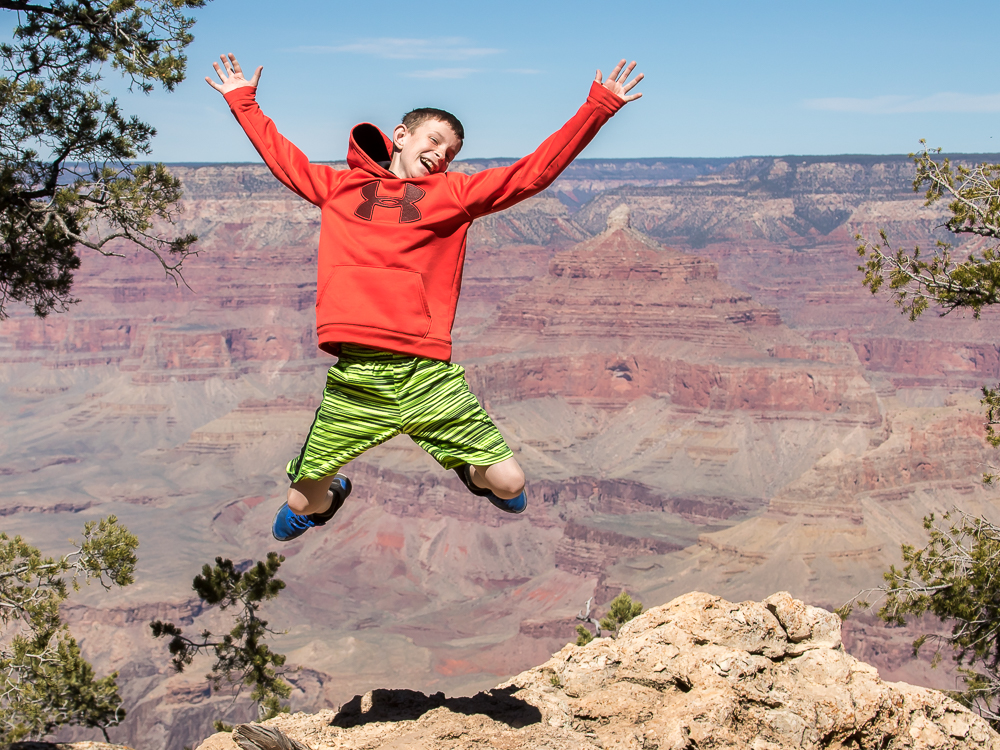
 RSS Feed
RSS Feed
